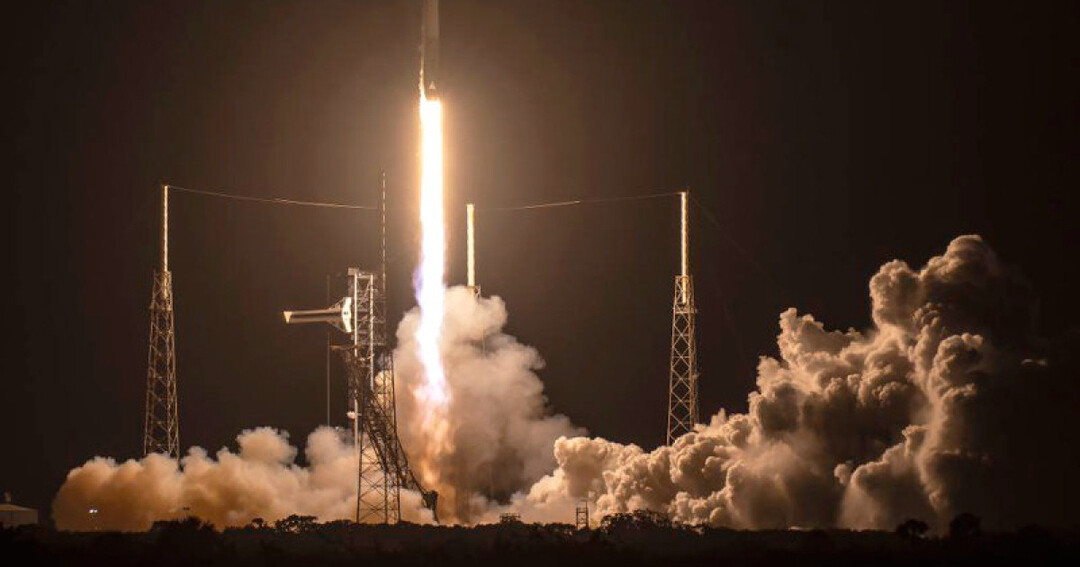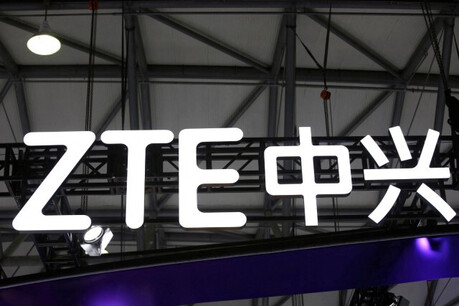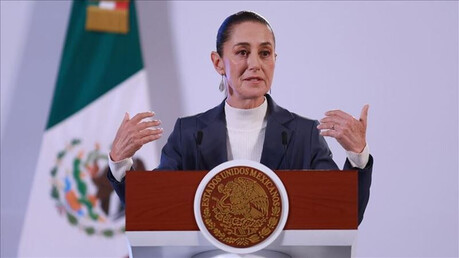
South Korea's military is on the cusp of significantly enhancing its independent intelligence and surveillance capabilities with the imminent launch of its fourth military reconnaissance satellite on April 22nd in the United States. The Ministry of National Defense and the Defense Acquisition Program Administration (DAPA) officially announced on April 21st that the military reconnaissance satellite No. 4 is slated for launch at 9:48 AM Korean Standard Time on April 22nd (8:48 PM Eastern Daylight Time on April 21st) from Cape Canaveral Space Force Station in Florida, USA, with preparations underway for a successful liftoff.
Similar to its predecessors, the first, second, and third military reconnaissance satellites, the fourth satellite will be launched using a Falcon 9 launch vehicle provided by the American aerospace company SpaceX. This decision underscores a focus on both reliable launch performance and cost-effectiveness.
A key feature of the fourth satellite is its payload: a high-performance Synthetic Aperture Radar (SAR), identical to those carried by the second and third satellites. This SAR technology will provide all-weather surveillance capabilities, a significant advantage as it can generate detailed imagery by analyzing radio waves emitted towards the ground and the returning signals. This method allows for accurate ground observation regardless of daylight conditions or adverse weather. However, SAR technology is susceptible to radio wave interference, and the analysis of the generated imagery requires specialized expertise. Following its launch, the fourth satellite is expected to orbit the Korean Peninsula four to six times daily, conducting surveillance of key areas.
The second and third reconnaissance satellites were successfully placed into orbit in April and December 2024, respectively, and are currently undergoing testing and evaluation. The first satellite, launched in December 2023, is equipped with Electro-Optical (EO) and Infrared (IR) imaging equipment and is currently operational. The EO system utilizes visible light to capture clear daytime imagery, while the IR system detects temperature differences, enabling target identification even at night. A limitation of these optical methods is their susceptibility to weather conditions such as cloud cover. The first satellite completed its testing and evaluation in August of last year and is now conducting routine surveillance missions over the Korean Peninsula twice daily.
The South Korean military plans to further enhance the accuracy of its intelligence analysis by comprehensively comparing and analyzing the diverse imagery data transmitted from all five military reconnaissance satellites, including the upcoming fifth launch. Operating multiple satellites will enable multi-faceted observation of the same target areas, increasing both the quantity and quality of the intelligence gathered. Furthermore, this constellation will provide redundancy, ensuring that if one satellite becomes inoperable, another can quickly take over its mission.
The military and DAPA aim to launch the fifth satellite, also equipped with SAR technology, within this year. This project to operate a total of five satellites is being pursued under the moniker '425 Project,' a name derived from the Korean pronunciations of 'SAR' ('sa') and 'EO' ('io'). Once the fifth satellite is successfully operationalized, South Korea is projected to possess the groundbreaking capability to monitor and surveil specific targets within North Korea at approximately two-hour intervals.
In a parallel effort to further bolster its surveillance capabilities, the South Korean military is also developing a constellation of 32 small, lightweight (approximately 100kg) satellites. The successful deployment of these micro-satellites is expected to reduce the surveillance cycle over North Korea to just 30-minute intervals, promising even more rapid and precise intelligence acquisition regarding the security situation on the Korean Peninsula. The successful launch of the fourth military reconnaissance satellite represents a crucial milestone in elevating South Korea's self-reliant defense capabilities.
[Copyright (c) Global Economic Times. All Rights Reserved.]





























